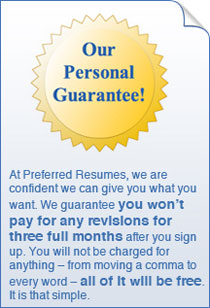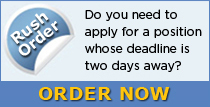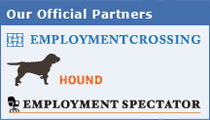Reviewing your final resume - what to look for and who to ask for help
|
|
1. Proofread the content for grammar and spelling mistakes. This step is the most critical in the resume review process. It is often hard to catch composition errors after you send hours writing and re-writing all parts of your resume. There are two ways to catch these errors: ask someone else to proof your resume, or give yourself time between writing and reviewing your resume. If you ask a friend or a family member for help, make sure that their strengths include spelling and grammar; they should be able to edit your resume for content and consistency in style. Asking others to review your resume, however, should be done with parameters. For example, let your friend know what you are struggling with, so that they can help you address those concerns. Because personal preferences can come into play when you are discussing resumes, make sure that the changes you make are the kind you are comfortable with in terms of content. Another step in proofreading, which should be thought of as a must, is stepping away from your resume for a day or two, and coming back to it for a final review. This gives you some space from the content, and will allow you to review for grammar and spelling errors with fresh eyes.
2. Print our and email your resume so that you know what your potential employer will receive after you submit your resume. Make sure to print your resume from the file that you are emailing to your employer. Make sure that the margins are set properly and are not cutting off any content. Look for spaces, and adjust the text in case of any large gaps on the paper. E-mail your resume to a number of your friends; have them open the file and let you know how it appears on their screen, as well as how it prints out. Addressing any formatting issues before your resume reaches the employer is ideal, so doing a couple of test runs will only assist in developing a winning final resume.
3. Compare your resume to the job requirements, and make sure that all requirements are addressed in either your resume or your cover letter. Essentially, review what the employer is looking for and make sure that your resume addresses all of their needs. When your potential employer receives your resume, they will look for key terms from their job description in order to match your qualifications to their available position. If possible, use some of the same terminology on your resume as the employer used on the job description. This will let the employer know that you are in synch with their needs, and make them more interested in you as the ideal candidate for the job. Ask one of your friends to review the job description and your resume as well, and give you their impression on how well the two match.
Poorly written or formatted resumes let your employer know that you don’t pay any attention to detail. Taking the extra time to do a final review of your resume is the key to getting employer’s attention and getting the job you always wanted.




